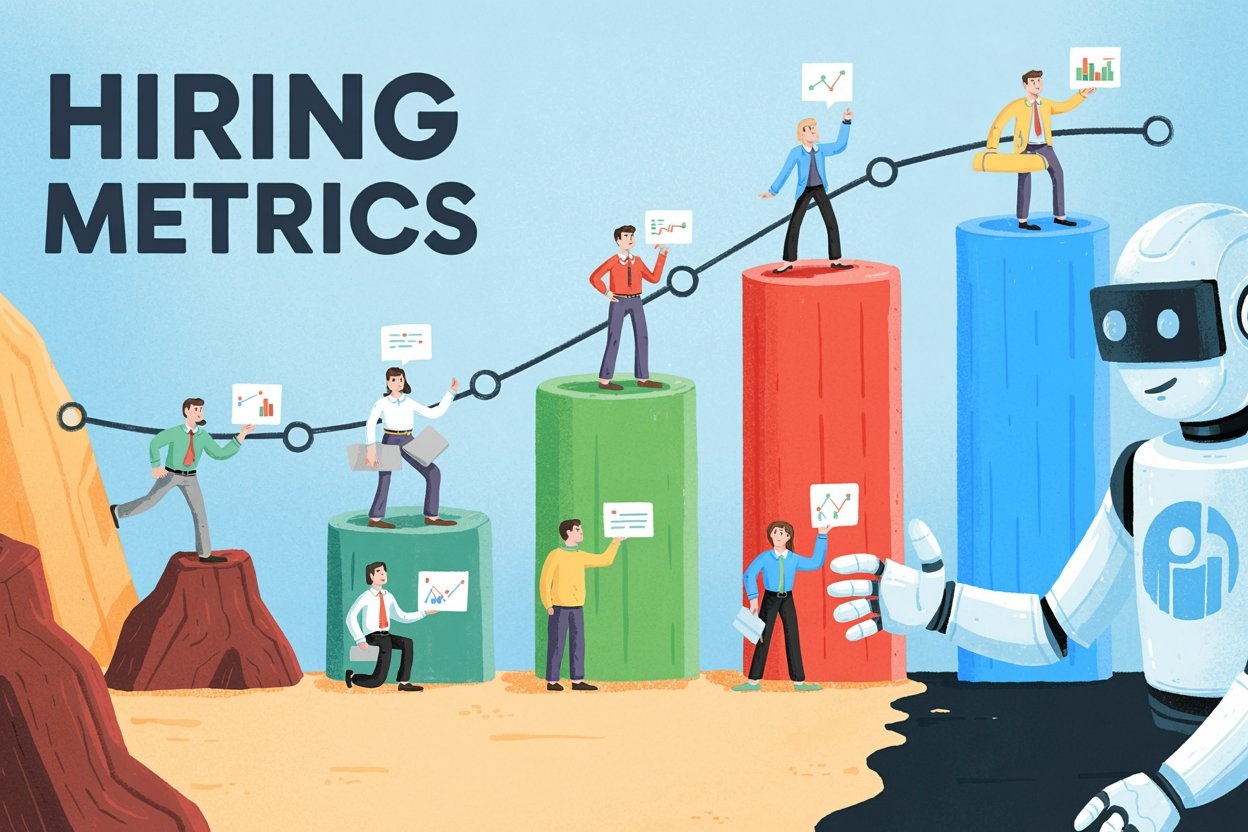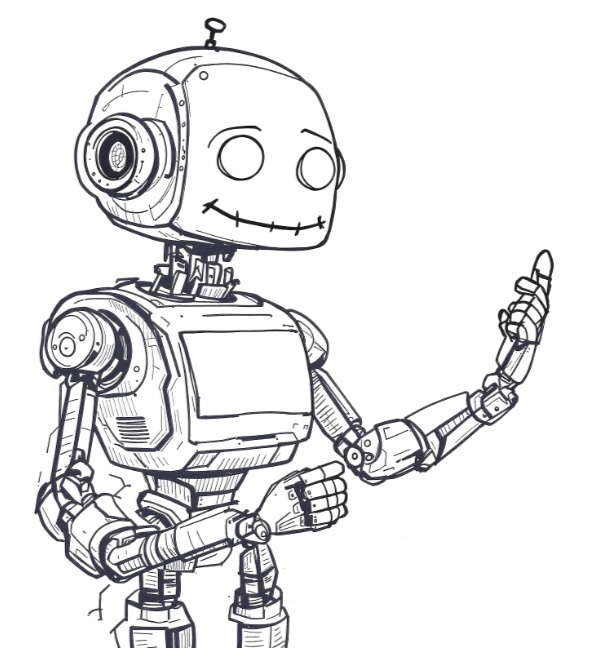Back in the day, hiring was simple. You’d post a job, shake a few hands, and if someone didn’t set the office on fire—literally or figuratively—you called it a win. I remember my first gig in HR, armed with a clipboard and a gut feeling, thinking, “This is it, we’ve cracked the code!” Oh, sweet summer child. Those were the Wild West days of recruitment, when quality of hire wasn’t even a whisper in the room—it was all about filling seats fast and cheap. But here we are in 2025, and the game’s changed. It’s not enough to count heads or clock speed anymore. We’re chasing something bigger, something real. So, what metrics actually tell us we’ve landed a gem, not just a warm body?
Let’s rewind a bit. Early recruitment metrics were like caveman tools—crude but effective. Time-to-fill? Sure, it told you how fast you could shove someone into a role. Cost-per-hire? Kept the budget folks happy. Volume of hires? Made you feel productive. I used to brag about filling 20 roles in a month, grinning like I’d invented fire. Then reality hit. Half those hires bolted within a year, and the other half spent their days perfecting the art of looking busy. That’s when it clicked: speed and volume are just the opening act. The headliner’s quality, and we’ve been measuring the wrong damn show.
Now, don’t get me wrong—those old-school numbers aren’t useless. They’re like the pulse of your hiring process, quick to check and easy to track. But a pulse doesn’t tell you if someone’s thriving or just barely alive. To figure out what really reflects quality, we’ve got to dig deeper, past the surface stats into the messy, human stuff. And trust me, it’s a wild ride once you start peeling back the layers.
Take retention rates. Sounds basic, right? How long do people stick around? But here’s the kicker: it’s not just about who stays past the 90-day mark. High turnover in year one screams mismatch—maybe the job wasn’t what they signed up for, or the culture chewed them up. I once hired a guy who seemed perfect—great resume, nailed the interview. Three months in, he was gone. Turns out, he hated our open-plan office vibe. Retention’s a mirror: it shows you how well you’re aligning people with the gig, not just how fast you can lock them in. And when you tie it to exit interviews? Goldmine. You learn why they’re running for the hills.
But retention’s only half the story. What about performance metrics? This is where the rubber meets the road. Are your hires actually doing the job well? Think sales numbers for reps, project deadlines for managers, or even customer happiness scores for frontline folks. I remember a hire we tracked—let’s call her Sarah. She hit her KPIs in six months flat, while others were still fumbling with the basics. That’s quality staring you in the face. Problem is, most companies stop at annual reviews. Too late! Early performance checks—like at six months—tell you if you’ve got a rockstar or a dud way sooner.
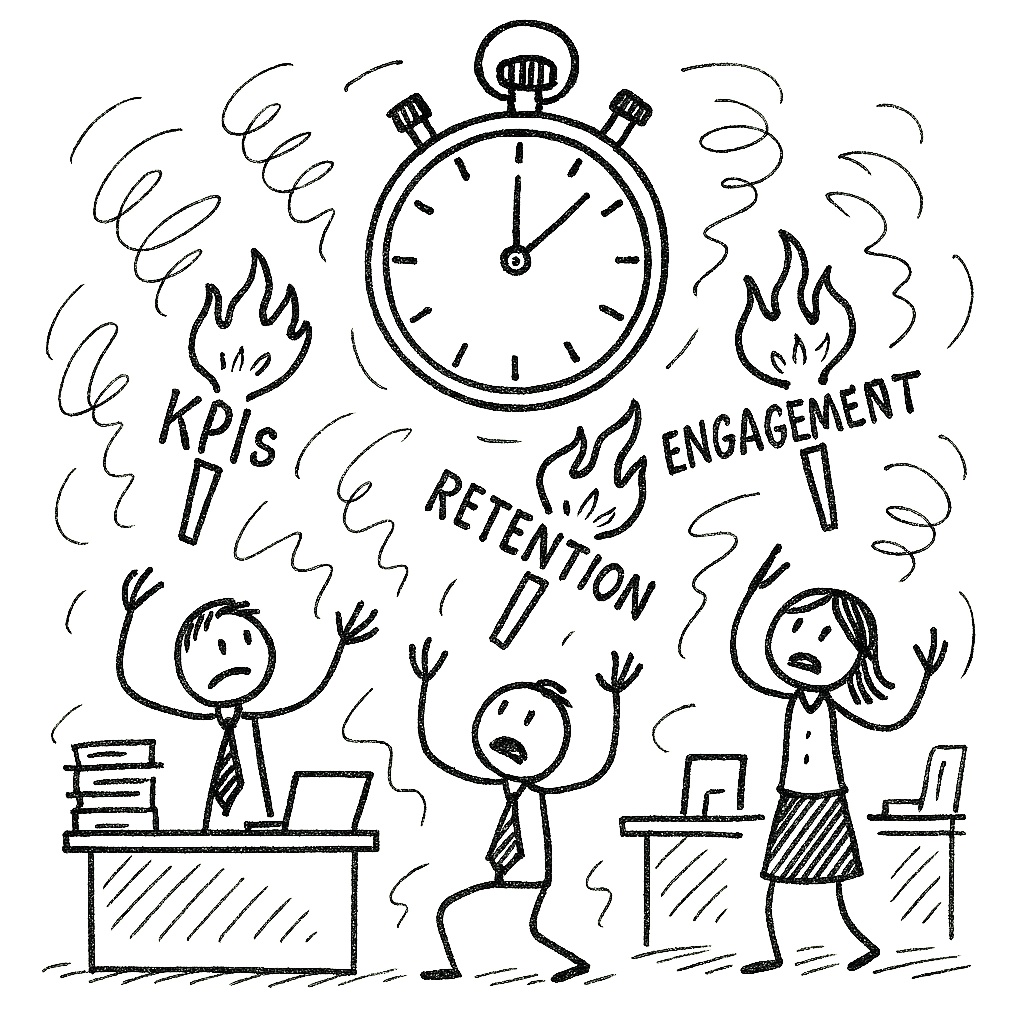
Here’s a question: how do you know if someone’s a fit before they’ve even unpacked their desk? That’s where time to productivity comes in. It’s not about how fast you hire them, but how quick they start adding value. A buddy of mine in tech swears by this—his team measures how long it takes new devs to push their first code commit. Short ramp-up? You’ve nailed the hire. Long slog? Maybe their skills didn’t match the hype. It’s a sneaky little metric that bridges hiring and onboarding, showing if your process is picking winners or just good talkers.
Then there’s the fuzzy stuff—cultural fit. Oh, I can hear the groans already. “Too soft!” you say. But hear me out. A hire who clashes with your vibe is a time bomb, no matter how fast they clock in. I once worked with a team that hired a lone wolf for a collaborative gig. Disaster. Surveys later showed his teammates were miserable. Tools like engagement pulse checks or peer feedback can quantify this—think Likert scales on “How well does this person gel?”. It’s not fluff; it’s the glue that keeps your team from imploding.
Wait, though—what if we’re missing something? I’ve been burned before, thinking performance and retention were enough. Then I stumbled across employee engagement scores. It’s like a secret sauce. Engaged hires don’t just stick around—they thrive. Gallup’s got data saying engaged teams boost profitability by 21%. I saw it firsthand with a crew I managed—high engagement meant they were innovating, not just clocking hours. Run a quick survey six months in: “Are you stoked to be here?” The answers don’t lie.
But here’s where it gets juicy. What about the people doing the hiring? Hiring manager satisfaction flipped my perspective. If your managers are grumbling about their newbies, something’s off. I used to skip this, assuming my job ended at the offer letter. Big mistake. A quick poll—“Is this hire meeting your needs?”—revealed gaps I’d missed. One manager told me, “She’s great on paper, but I spend half my day explaining basics.” Ouch. That’s a quality signal you can’t ignore.
Let’s pause. Are we overcomplicating this? Maybe. Back in the early 2000s, HR tech was basic—spreadsheets and gut calls. Now we’ve got AI spitting out analytics like confetti. But the shift’s real: we’re not just counting hires anymore; we’re decoding their impact. Take candidate experience feedback. Sounds like a nice-to-have, but it’s a crystal ball. Happy candidates who felt valued during the process often turn into loyal hires. I once got feedback that our interviews were “rushed and cold.” Fixed it, and retention spiked. Coincidence? Nope.
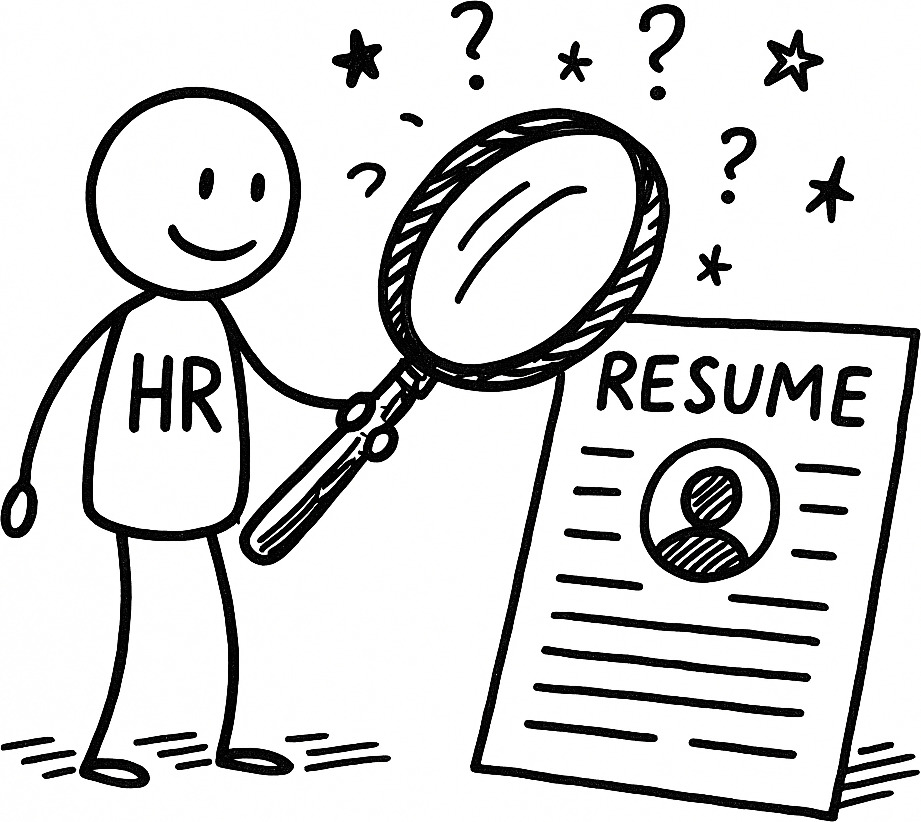
Okay, let’s get weird for a sec. Ever thought about client feedback as a hiring metric? If your new hire’s facing customers, their opinion matters. Picture this: a retail hire gets glowing reviews from shoppers. That’s quality you can’t fake. I saw a café chain do this—tracked customer satisfaction post-hire and found their best baristas weren’t the fastest hires, but the ones who charmed the regulars. Mind blown.
But wait—there’s a dark horse. Diversity hiring metrics. Not just a buzzword. McKinsey’s shown diverse teams outperform the rest. I used to think diversity was a checkbox, but tracking it as a quality signal changed my tune. Are your hires bringing fresh perspectives? If not, you’re stuck in an echo chamber. It’s a slow burn, but the payoff’s huge.
Mix Your "Quality Hire" Cocktail
Which ingredients define your perfect blend? Select your priorities below!
Your secret recipe focuses on: Select priorities above!
Let's see what defines your ideal hire...
Back to my clipboard days. I thought hiring was a sprint—fill the role, move on. Now I see it’s a marathon. Quality’s not a number you slap on a dashboard; it’s a story that unfolds over months, years even. Take Google—they’ve been tweaking their hiring game forever, blending retention trends with performance data to keep their edge. We’re all chasing that holy grail, but the metrics keep evolving.
Speaking of evolving, let’s talk tools. Machine Hiring’s been a game-changer for our clients—seriously, it’s like having an extra brain. Want to see it in action? There’s a free trial at Machine Hiring. You can customize it in every aspect. It’s not just about hiring faster—it’s about hiring better, tying those messy human signals into something actionable.
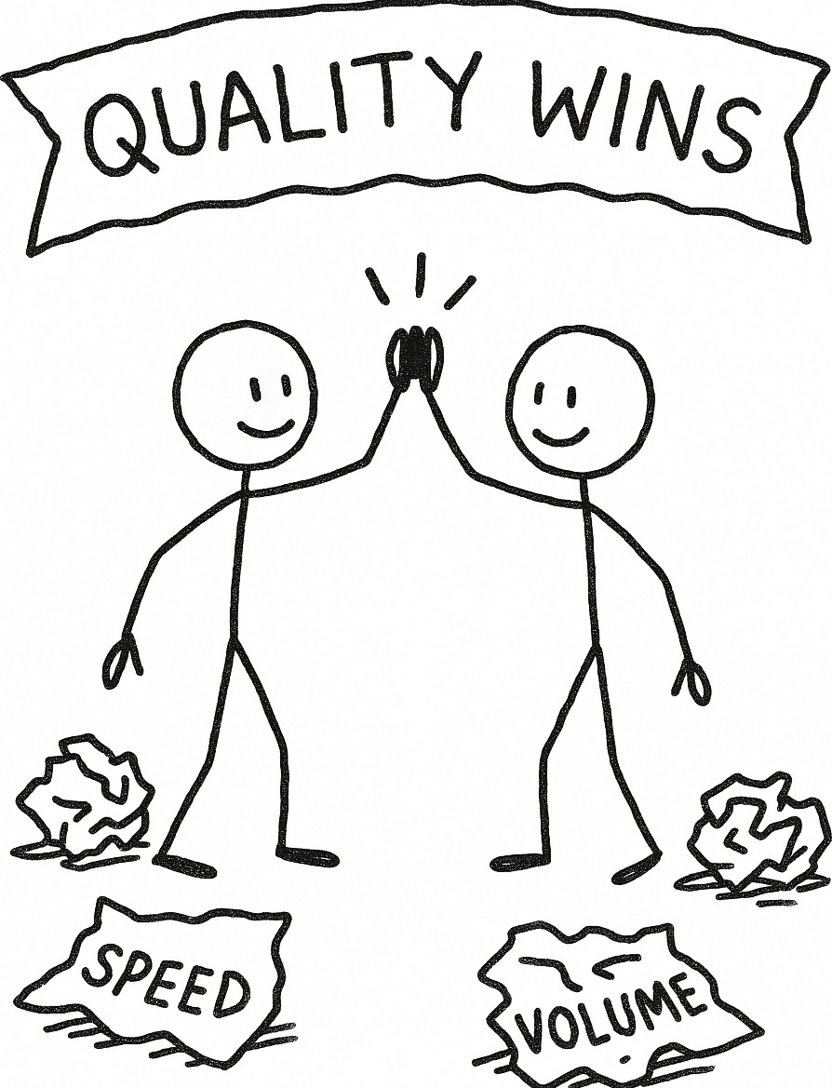
Here’s where I get stuck, though. Are we measuring too much? I mean, I love data—give me a spreadsheet and I’m a happy nerd—but sometimes I wonder if we’re drowning in it. Can you really boil down a human to a score? And what about the intangibles—like that spark you can’t quantify? I once hired a guy who bombed every metric but turned our team around with sheer grit. Where’s that stat?
That’s the kicker. We’ve come miles from the clipboard era, building smarter ways to spot quality hires. Retention tells us fit. Performance shows impact. Engagement reveals heart. But there’s still a frontier out there—questions we haven’t cracked. How do we weigh potential over polish? What’s the tipping point between data and instinct? I’m jazzed to see where this ride takes us, because if there’s one thing I’ve learned, it’s that hiring’s never done evolving. What do you think—what’s the one metric you’d bet your paycheck on?
Ready to ditch the stopwatch and find hires that actually stick? Try Machine Hiring’s free trial today—it’s your shortcut to smarter, quality-focused recruiting.
Related Posts
- The Hidden ROI of Employee Onboarding: Why Your First 90 Days Make or Break Success
- Stop Chasing Unicorns: How to Finally Improve Candidate Quality Metrics (and Actually Enjoy Hiring)
- The Cryptic Secrets of Data-Driven HR: Metrics that Actually Matter (and Some That Might Make You Laugh)
- Talent Acquisition Automation: Revolutionizing Recruitment
